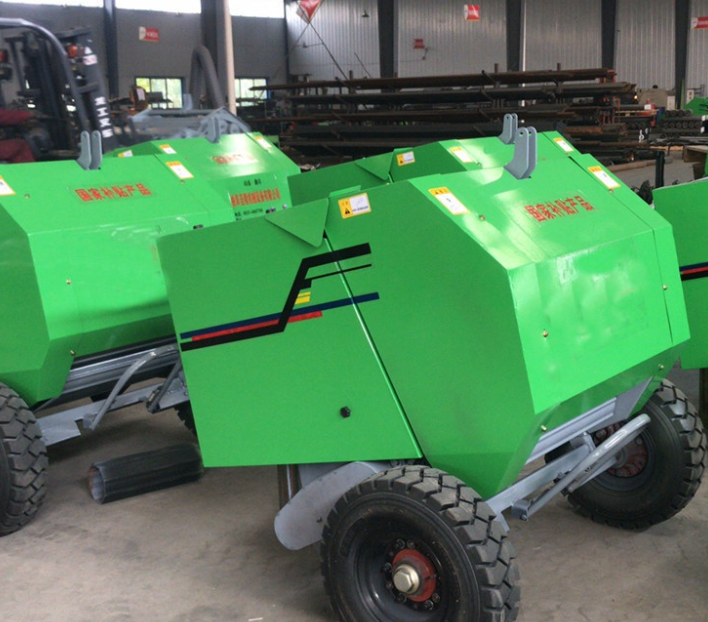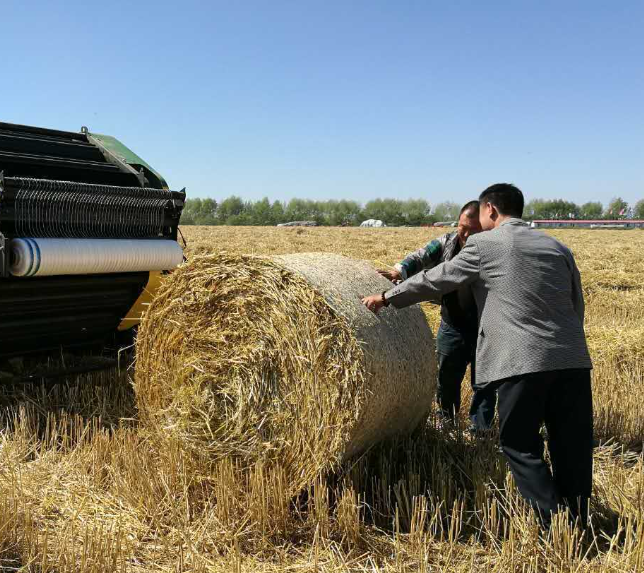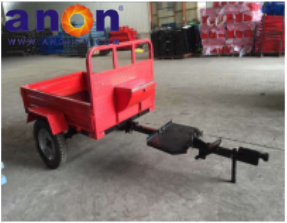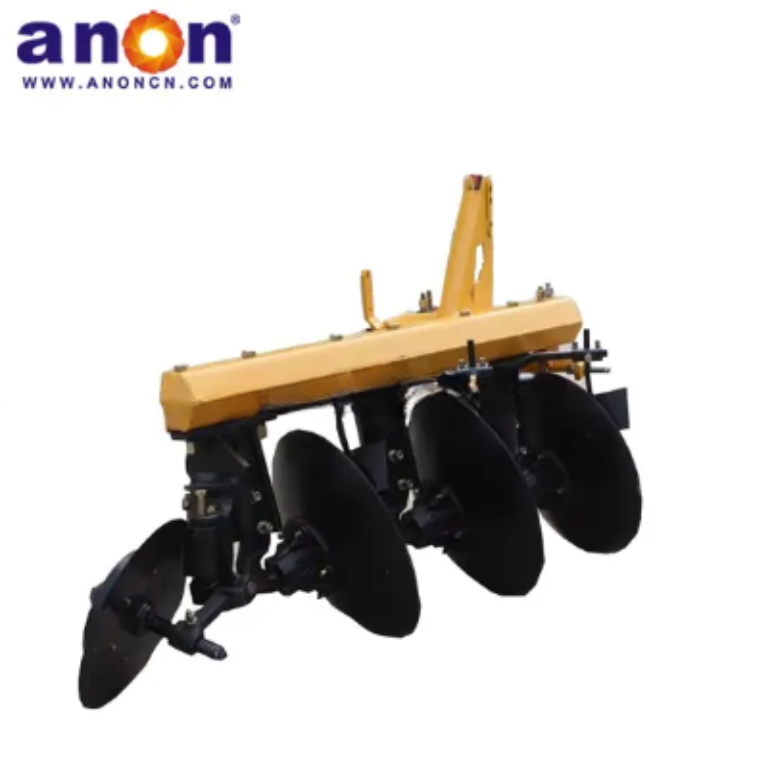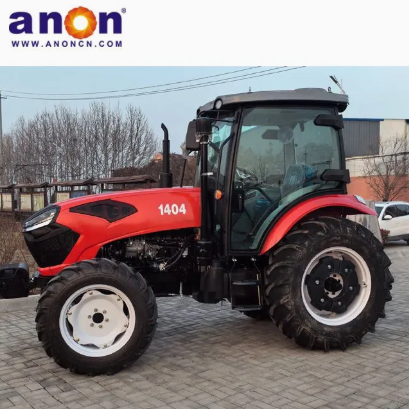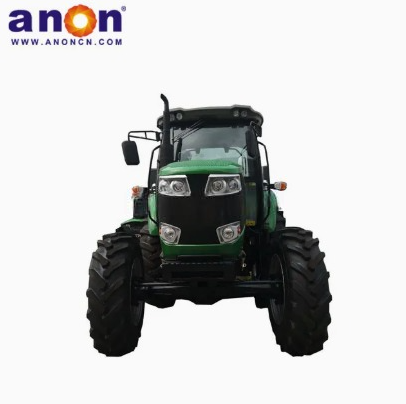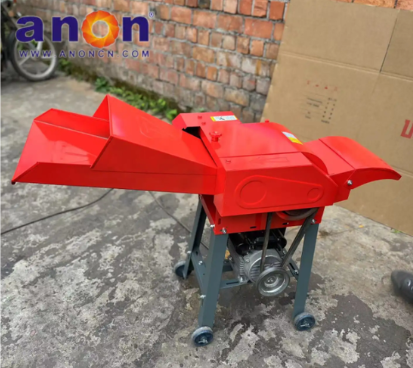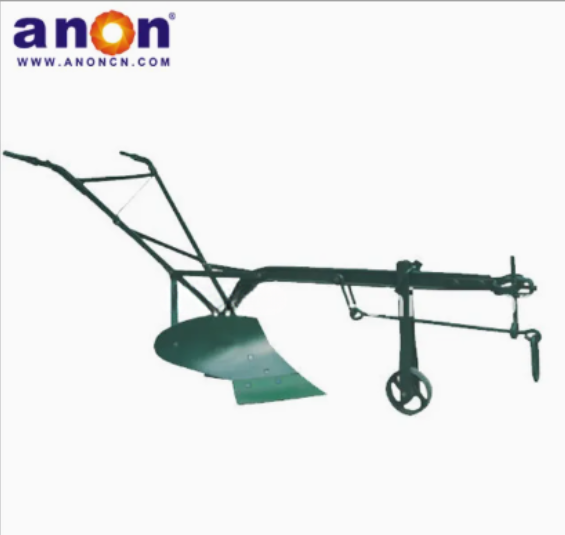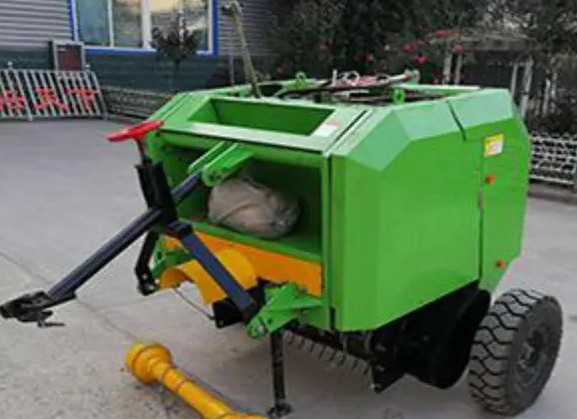
Round Baler
The round baler picks up the straw or grass on the ground by means of a picker and sends it to the baling room through a conveyor device. A rotating drum in the baling chamber compresses the material, forming a circular bale inside the baling chamber as the material continues to enter. When the bales reach a set density or size, the baler automatically activates the strapping system, and the bales are firmly tied with ropes, wires, or net ropes before being discharged from the machine.
1. Forage baling: alfalfa, ryegrass, Sudan grass, etc.
2. Straw baling: wheat straw, corn stalks, rice straw for returning to the field or for feeding;
3. Silage baling: cooperating with a film coating machine for wet material silage;
4. Straw fuel baling: used in biomass power plants or pellet fuel plants;
5. Field operation and transportation baling: suitable for rapid and concentrated operations on large-scale contiguous cultivated land.
Our Products
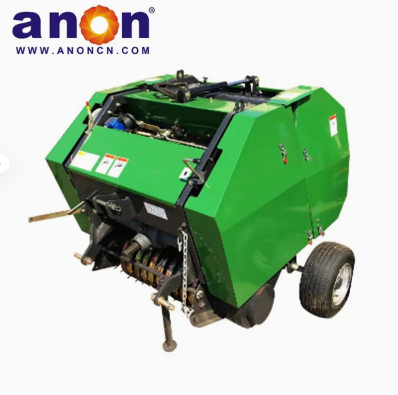
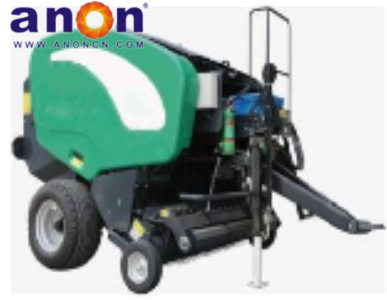
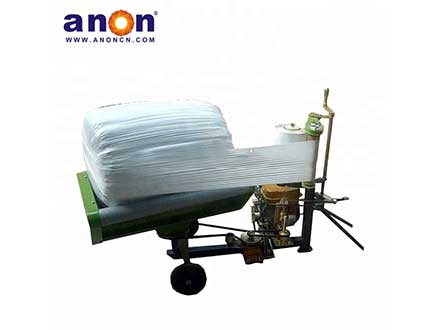
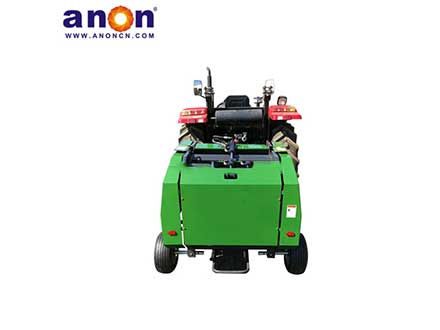
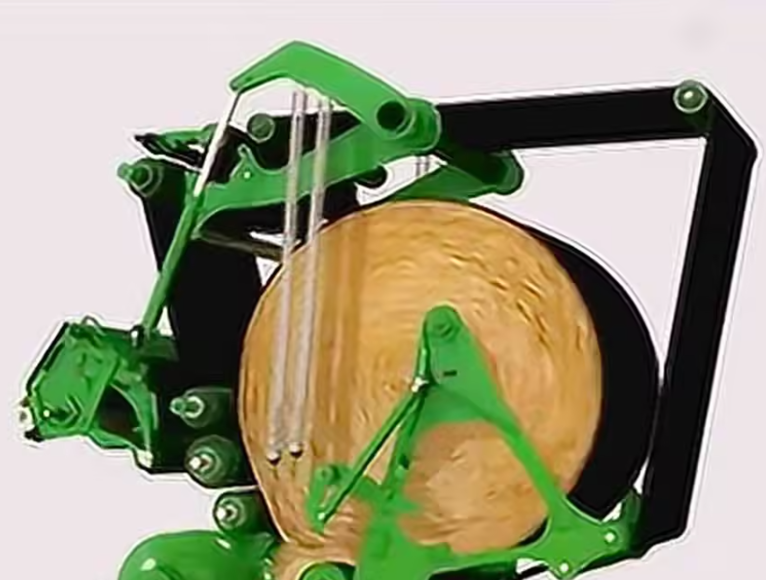
Structural features
Picking system: The number and arrangement of the teeth change according to different models, which can efficiently pick up the ground materials and reduce omissions. The height of the pickup is adjustable to adapt to different crop heights and undulations.
Feeding and conveying system: composed of conveyor chain, feeding roller, etc., the picked up materials are evenly conveyed to the baling room, and some models are equipped with shredding devices, which can chop the straw before baling.

Baling chamber and compression system: The baling chamber is usually circular or nearly circular in structure, consisting of multiple rollers or baling plates, which compress the material through rotational or reciprocating motion.
The compression system adjusts the compression force, controls the bale density, and adapts to different material characteristics.
FAQ
If you already have a tractor, make sure to choose a baler model that is suitable for your tractor. If you are purchasing the baler first, keep in mind the horsepower requirements when considering compatibility with your tractor. The PTO horsepower requirements for round balers start at 30 horsepower and can go up to 120 horsepower.
A mini round baler only requires about 15 horsepower to run. They are lighter in weight. The weight of a round baler is much lower than that of a square baler. This means they are safer to operate on slopes, and tractors of any size can easily tow them.
If the bales are likely to remain in the field for a longer period of time, mini round bales are more resistant to rain and dew. Mesh wrapping provides a higher level of protection.

